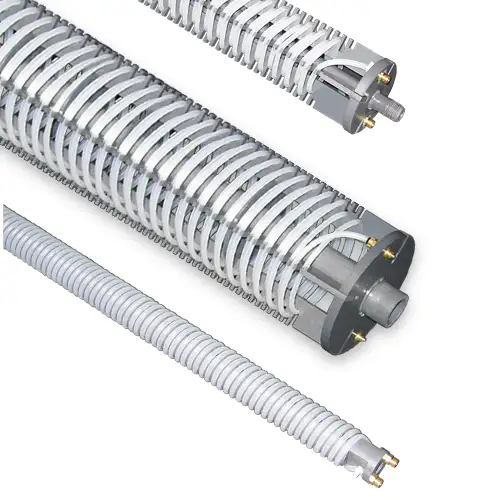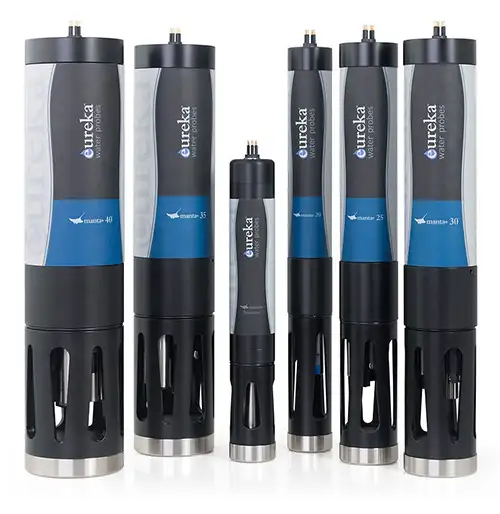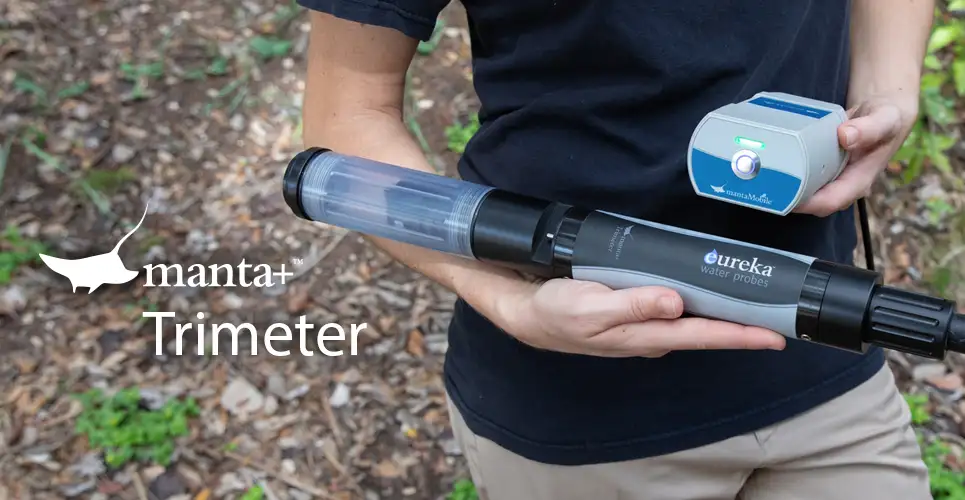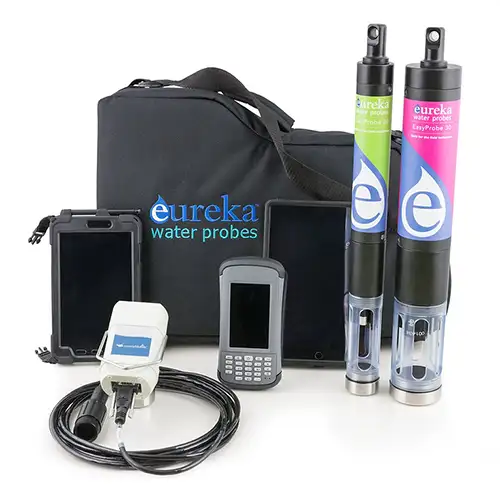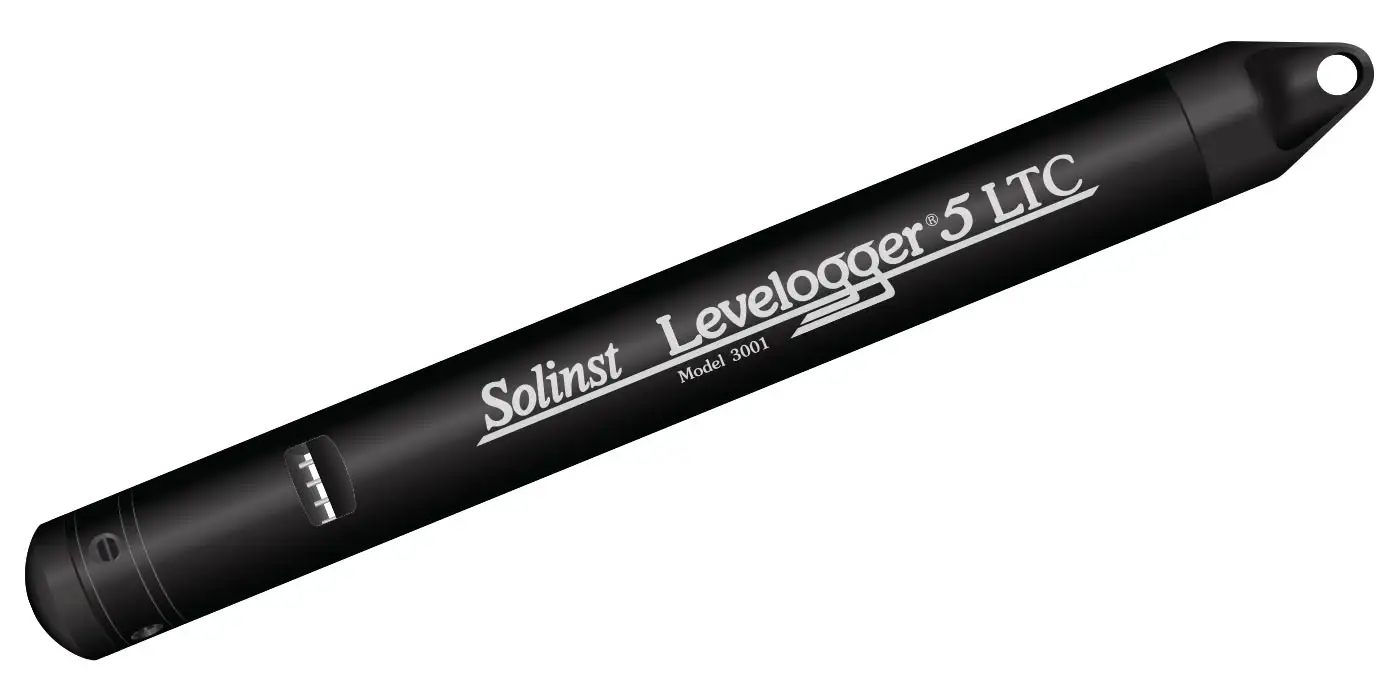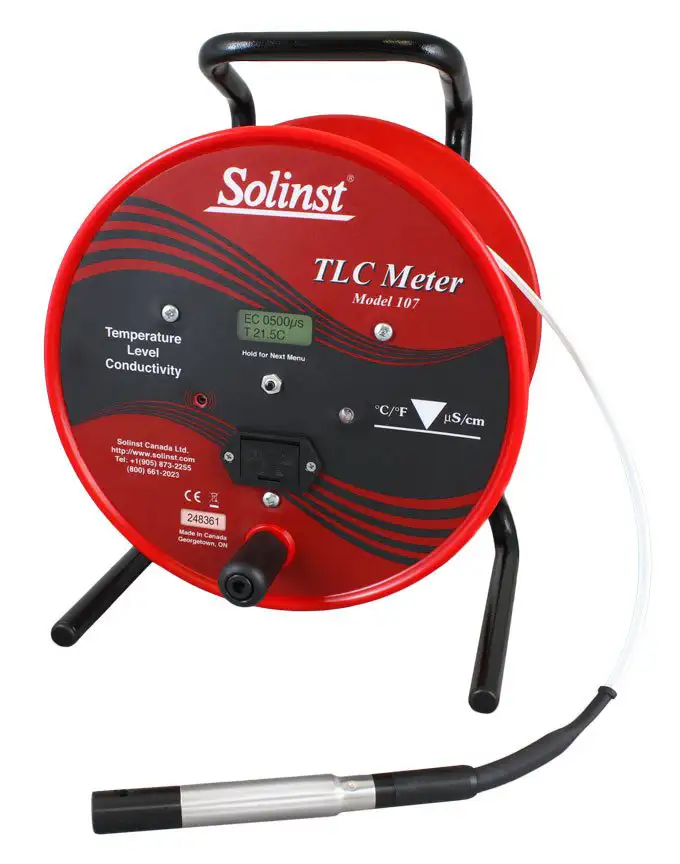Crude Oil Sensors: Water Quality Monitoring
Solinst Eureka
2113 Wells Branch Pkwy, Suite 4400
Austin, TX, USA
78728
Tel: +1 512-302-4333
Fax: +1 512-251-6842
email: [email protected]
Water Quality Probes
Solinst Eureka, a global leader in the design and manufacture of multiparameter water quality sondes.
Solinst Field Services
Safeguard your project’s success and mitigate any potential for downtime or additional costs.
Why would I want to measure Crude Oil?
“Crude oil” is a catch-all term for unprocessed, natural petroleum. There are many classes of crude oil, and the chemical composition of each source is slightly different. Not all crude oil in water is the result of a man-made oil spill; many water bodies have small amounts of oil seepage. One source estimates that each year, 500,000 barrels of oil seep into the Gulf of Mexico from nearly 1,000 seepage points.
Large concentrations of crude oil can be dangerous to various aquatic life forms; most notably, birds can become mired in heavy oil. Fish are often able to simply swim away from the problem. Because of the widely varying chemical compositions, it is difficult to estimate the toxicity of low concentrations of crude oil to smaller life forms. However, one study lists the acute toxicity levels (96h LC50s) as:
- larvae and eggs 0.1 to 100 mg/l
- pelagic crustaceans (e.g. shrimp) 100 to 40,000 mg/l
- benthic crustaceans (e.g. lobsters) 56 mg/l
- bivalves (e.g. oysters) 100 to 100,000 mg/l
- fish 88 to 18,000 mg/l
Changes in long-term crude-oil trends can signal the need for more detailed chemical study of the water and its contamination sources.
How is Crude Oil Measured?
Solinst Eureka’s crude-oil sensor is a fluorometric sensor. Fluorescence occurs when a molecule absorbs light energy at one wavelength and then emits that energy at a different wavelength. Fluorometric sensors emit light at a certain wavelength, and look for a very specific, different wavelength in return. The problem with measuring crude oil is that the fluorescence response covers a very wide range, depending on the source of the oil (see chart below).
Because of the wide range of responses, there is no exact way to calibrate a crude-oil sensor. Perhaps the best calibration method is preparing a standard of known gravimetric concentration. The standard should employ the type of oil expected in the field, at near the concentration expected in the field.
A further problem is that crude oil “weathers”. If you imagine a sample of oil floating on the surface of the water, it is easy to see that the lighter fractions of the oil (such as the BXT’s: benzene, xylene, and toluene) will volatilize into the atmosphere (hence the odor of oil slicks). This implies that the best calibration method is analyzing several field samples for their oil content, using whatever laboratory analysis method is proper for the type of sample. If several dilutions of the field sample are then analyzed with the crude-oil sensor and the results are linear, a single calibration of the sensor will suffice for field measurements. However, if the results are not linear, a calibration table can be prepared to match the sensor readings to the concentrations that might occur in the field.
What should I know about Crude Oil measurement in the field?
Fouling is the biggest field problem for fluorescence sensors. Any foreign material that accumulates on the active surface of the sensor will either reduce the amount of emitted light or received light, or both. And sometimes the foreign material might provide a false signal by fluorescing at the same wavelengths as crude oil. Normally, fouling should be a problem only in long-term deployments, not in daily surveys. However, crude oil’s tendency to form a floating layer means that you must be careful, when introducing the sensor to the water, not to coat the sensor with oil.
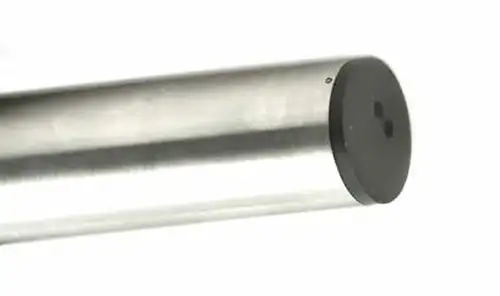
Crude Oil Sensors for
Water Quality Sondes
- Range
0 to 1500 ppb - Accuracy
linearity of 0.99 R² - Resolution
0.01 - Units
ppb - Calibration
lab-qualified sample
secondary solid standard (“cal cube”) - Maintenance
cleaning and calibration - Sensor Life
5+ years - Sensor Type
fluorescence
Features of Solinst Eureka’s Crude Oil Sensors
Solinst Eureka uses crude oil sensors may be installed in MantaPlus multiparameter sondes along with other sensors such as additional fluorometers, dissolved oxygen, pH and conductivity. If only the crude oil sensor is needed, it may be installed on a smaller probe such as the Trimeter. Eureka multiparameter sondes can be configured as loggers with battery backs for autonomous self-powered deployment, used with field displays for site-to-site spot checking, or connected to data telemetry stations for real-time remote monitoring. Solinst Eureka sondes equipped with fluorometers are portable, durable, and cost-effective.
Related Products
Enhanced Bioremediation
The Waterloo Emitter™is a simple, low cost device designed for the bioremediation of contaminated groundwater. It enables oxygen or other amendments to diffuse through silicone or LDPE tubing in a controlled, uniform manner. Ideal for aerobic bioremediation of MTBE and BTEX, with minimal maintenance required.
Manta Series Water Quality Probes
Solinst Eureka offers the largest selection of water quality sensor technologies in the industry. So in addition to standard configurations, each probe may be customized for your specific application. Pick sensors of your choice to fully populate larger probes, or add a battery pack to convert a probe to a logging device.
Manta Trimeter Water Quality Probe
The Trimeter holds any one sensor* from the Sensor Parameters list, Plus temperature and depth sensors (both are optional). For example, a Trimeter configuration could be turbidity, temperature, and depth. Another example could be DO and temperature.
EasyProbe: Water Quality Sondes
The EasyProbe, by Solinst Eureka, is a high-performance, cost-effective water quality monitor. It's ideal for spot-checking, remote telemetry, education, research, aquaculture, and more. The EasyProbe20 includes sensors for temperature, dissolved oxygen, conductivity, and pH, while the EasyProbe30 adds a turbidity sensor. Eureka multiprobes are known for their reliability, with a three-year warranty covering all sensors, and have the lowest maintenance costs in the industry.
Water Level, Temperature & Conductivity Datalogging
The Levelogger 5 LTC measures and logs water level fluctuations, temperature and conductivity. It is programmed to record at intervals as often as 2 seconds. It includes an 8-year battery, memory for 100,000 sets of readings, and comes in 6 pressure ranges. A PFAS-free coating (inside and out) provides superior corrosion and abrasion resistance.
TLC Meter – Measure Accurate Temperature, Level & Conductivity
A TLC Meter provides accurate, stable temperature and conductivity measurements, displayed on a convenient LCD display for easy reading. Static water level and depth of readings are read off Solinst flat tape, which is precisely laser-marked every mm or 1/100 ft. Tape lengths are available to 300 m (1000 ft).

